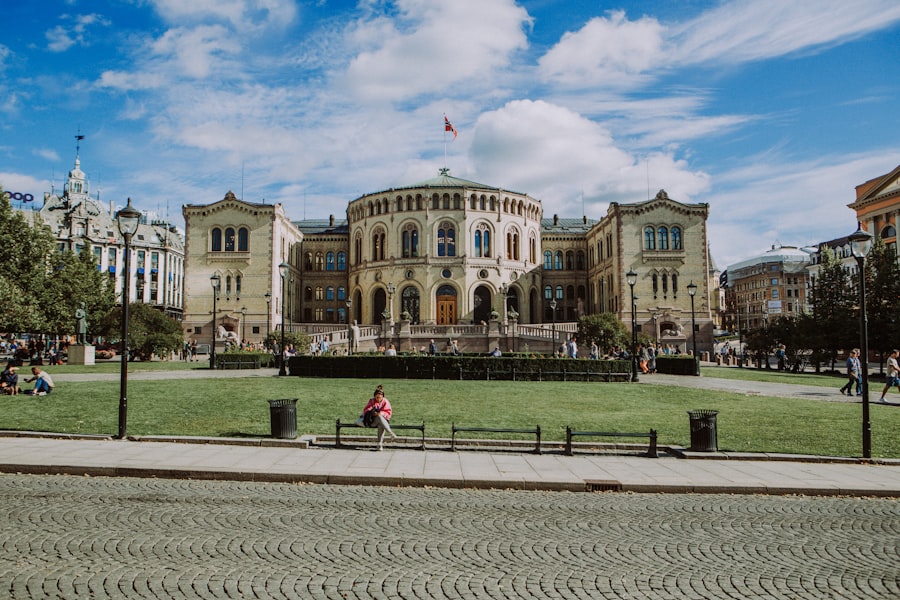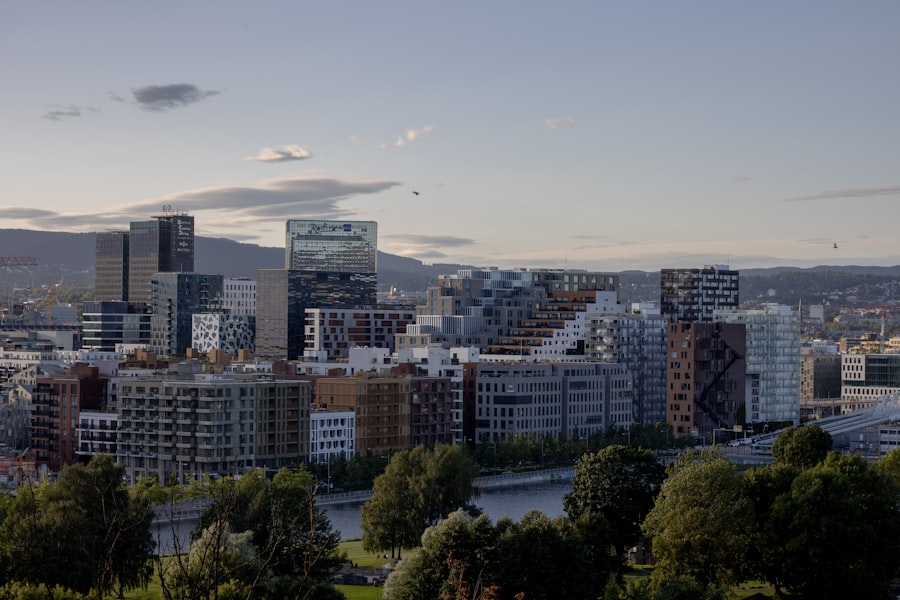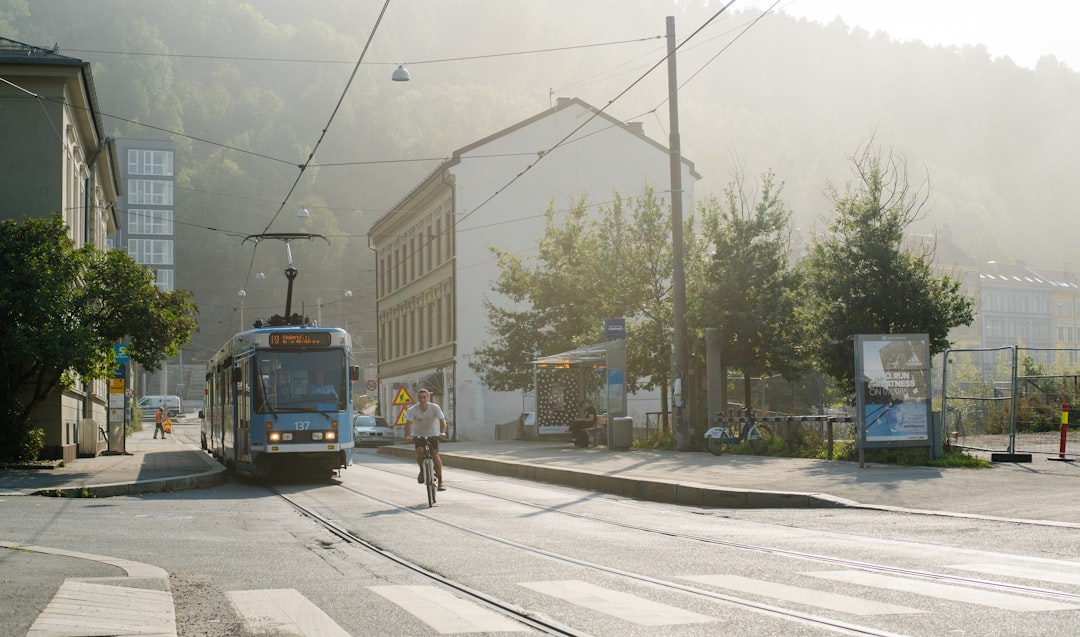Norway, a land of breathtaking landscapes and rich cultural heritage, presents a fascinating dichotomy between urban and rural living. The vibrant cities, such as Oslo and Bergen, pulsate with modernity, offering a plethora of opportunities and experiences. In contrast, the serene countryside, characterised by its stunning fjords and quaint villages, embodies a slower pace of life steeped in tradition.
This article delves into the cultural differences that define these two distinct lifestyles in Norway, examining how they shape the values, social dynamics, and economic realities of their inhabitants. As we embark on this exploration, it is essential to acknowledge the role of the Norway Relocation Group. For those considering a move to Norway, whether to the bustling urban centres or the tranquil countryside, this group provides invaluable assistance.
They offer guidance on navigating the complexities of relocation, ensuring that newcomers can seamlessly integrate into their chosen environment. With their expertise, individuals can better understand the cultural nuances that differentiate city life from rural living, making the transition smoother and more enriching.
The lifestyle in urban Norway is often characterised by a fast-paced rhythm, where convenience and accessibility reign supreme. Cities are hubs of innovation and creativity, attracting individuals from diverse backgrounds who contribute to a dynamic cultural tapestry. The values that underpin urban life tend to prioritise individualism, ambition, and a forward-thinking mindset.
Residents often embrace modern conveniences, with technology playing a pivotal role in daily routines. The urban landscape is dotted with cafes, galleries, and entertainment venues that cater to a vibrant social scene. Conversely, rural living in Norway offers a stark contrast.
The countryside is imbued with a sense of community and connection to nature that is often absent in urban settings. Here, values such as simplicity, sustainability, and tradition take precedence. Life unfolds at a more leisurely pace, allowing for deeper connections with neighbours and the surrounding environment.
Rural residents often engage in activities that celebrate their heritage, such as farming, fishing, and traditional crafts. This lifestyle fosters a strong sense of belonging and pride in local customs, creating a rich tapestry of cultural identity. Schedule a one-on-one consultation with our relocation specialists to simplify your move to Norway. https://norwayrelocation.no/one-hour-strategy-session/
Summary
- City life in Norway is characterized by modernity and diversity, while countryside living is associated with tradition and close-knit communities.
- Urban areas in Norway offer more job opportunities and higher income potential, while rural areas struggle with economic challenges and limited employment options.
- The countryside in Norway is focused on preserving cultural traditions and heritage, while the city embraces modernity and global influences.
- Community ties and social interactions are stronger in rural areas, while urban centres offer a more diverse and fast-paced social dynamic.
- Sustainability and conservation efforts are more prominent in the countryside, while urban areas in Norway face challenges in balancing development with environmental concerns.
Economic divide: The impact of urbanization on job opportunities and income
Urbanisation has significantly transformed Norway’s economic landscape, leading to a pronounced divide between city and countryside in terms of job opportunities and income levels. Cities like Oslo are economic powerhouses, offering a wealth of employment prospects across various sectors, including technology, finance, and creative industries. The concentration of businesses and services in urban areas attracts talent from across the nation and beyond, resulting in higher average incomes for city dwellers.
In contrast, rural areas often grapple with limited job opportunities and lower income levels. Many small towns rely on traditional industries such as agriculture and fishing, which may not provide the same financial rewards as urban careers. This economic disparity can lead to challenges for rural residents seeking to improve their quality of life.
However, it is worth noting that some rural communities are embracing innovation by developing niche markets and promoting local products, thereby creating new avenues for economic growth.
Cultural traditions play a pivotal role in shaping the identities of both urban and rural populations in Norway. In the countryside, there is a strong emphasis on preserving heritage and maintaining connections to ancestral practices. Festivals celebrating local customs, traditional music, and folk art are integral to rural life.
These events not only foster community spirit but also serve as a means of passing down knowledge and values to future generations. In contrast, urban areas tend to embrace modernity and innovation while still acknowledging their cultural roots. Cities are often melting pots of diverse influences, where contemporary art forms coexist with traditional practices.
Urban residents may engage with their heritage through festivals that celebrate Norwegian culture but often infuse these events with modern interpretations. This blending of old and new creates a unique cultural landscape that reflects the dynamic nature of city life.
Social dynamics: Community ties and social interactions in urban and rural areas

The social dynamics in urban and rural Norway reveal stark contrasts in community ties and interactions among residents. In rural areas, community bonds are typically strong, with neighbours often knowing each other well. Social interactions are characterised by familiarity and support, as residents come together for local events or assist one another during times of need.
This sense of belonging fosters a close-knit environment where individuals feel connected to their community. In urban settings, however, social interactions can be more transient and impersonal. While cities offer opportunities for diverse social engagements, the fast-paced lifestyle can lead to feelings of isolation among residents.
People may find themselves surrounded by others yet feel disconnected due to the sheer size of the population. Nevertheless, urban areas also provide avenues for forming new connections through interest-based groups or cultural events that bring people together around shared passions.
Environmental attitudes: Sustainability and conservation in the city and countryside
Norway is renowned for its commitment to environmental sustainability, a value that resonates strongly in both urban and rural contexts but manifests differently in each setting. In cities like Oslo, there is a concerted effort to promote green initiatives such as public transportation systems, recycling programmes, and eco-friendly architecture. Urban residents are increasingly aware of their environmental footprint and actively seek ways to reduce it through sustainable practices.
Conversely, rural communities often have an intrinsic connection to nature that informs their environmental attitudes. Many rural residents engage in sustainable farming practices or conservation efforts aimed at preserving local ecosystems. The close relationship with the land fosters a deep appreciation for natural resources and encourages responsible stewardship.
While both urban and rural populations share a commitment to sustainability, their approaches reflect the unique challenges and opportunities presented by their respective environments.
Access to amenities: Comparing healthcare, education, and recreational facilities
Access to amenities is another area where significant differences emerge between urban and rural living in Norway. Cities typically boast well-developed healthcare systems with numerous hospitals, clinics, and specialised services readily available to residents. Educational institutions also thrive in urban areas, offering diverse programmes from primary education to higher learning opportunities.
Recreational facilities such as gyms, parks, and cultural centres are abundant in cities, providing residents with ample options for leisure activities. In contrast, rural areas may face challenges related to access to essential services. Healthcare facilities can be limited or located far from residents’ homes, necessitating travel for medical care.
Educational options may also be fewer in number, leading families to consider relocating for better opportunities for their children. However, rural communities often compensate for these limitations by fostering strong local networks that provide support and resources for families.
Transportation: The challenges of mobility in rural areas compared to urban centres

Transportation is a critical factor influencing daily life in both urban and rural Norway. In cities like Oslo, public transportation systems are well-established and efficient, allowing residents to navigate the urban landscape with ease. Buses, trams, and trains connect various neighbourhoods and suburbs, making commuting convenient for those who rely on public transport.
Conversely, rural areas often face significant transportation challenges due to limited public transit options and vast distances between communities. Residents may need to rely on personal vehicles for daily travel, which can be burdensome for those without access to a car. This reliance on personal transportation can create barriers for individuals seeking employment or education opportunities outside their immediate vicinity.
Political influence: How urban and rural populations shape policy and governance
The political landscape in Norway is shaped by the distinct needs and priorities of urban and rural populations. Urban areas tend to have more representation in government due to their larger populations; thus, policies often reflect the interests of city dwellers. Issues such as housing development, public transportation funding, and environmental regulations are frequently at the forefront of urban political discourse.
In contrast, rural communities may feel underrepresented in political discussions despite their unique challenges related to infrastructure development, agricultural policies, and resource management. As a result, there is an ongoing dialogue about finding equitable solutions that address the needs of both urban and rural populations. Bridging this gap requires collaboration between different regions to ensure that policies reflect the diverse realities faced by all Norwegians.
Changing dynamics: The impact of technology and globalization on city and countryside cultures
The advent of technology and globalization has significantly influenced both urban and rural cultures in Norway. In cities, technological advancements have transformed industries and lifestyles alike; digital connectivity enables residents to engage with global markets while fostering innovation within local economies. Urban dwellers benefit from access to information at their fingertips, allowing them to stay informed about global trends while participating in local initiatives.
Rural areas are also experiencing the effects of technology as digital tools become increasingly accessible. Many rural communities are leveraging technology to promote local businesses or connect with broader markets through e-commerce platforms. However, challenges remain regarding internet connectivity in remote areas; efforts are underway to improve infrastructure so that all residents can benefit from technological advancements.
Finding common ground and bridging the cultural gap between city and countryside in Norway
As we reflect on the cultural differences between city life and countryside living in Norway, it becomes evident that both environments offer unique advantages and challenges that shape the experiences of their inhabitants. While urban areas thrive on innovation and diversity, rural communities embody tradition and connection to nature. Understanding these distinctions is crucial for fostering mutual respect between both lifestyles.
The Norway Relocation Group plays an essential role in helping newcomers navigate these cultural landscapes as they transition into their new lives in Norway—whether they choose the vibrancy of city life or the tranquillity of the countryside. Additionally, for those looking to immerse themselves further into Norwegian culture through language learning or community engagement opportunities, the NLS Norwegian Language School in Oslo offers comprehensive courses designed to equip individuals with essential language skills while deepening their understanding of Norwegian customs. Ultimately, bridging the cultural gap between city and countryside requires open dialogue and collaboration among all Norwegians—recognising that both lifestyles contribute richly to the nation’s identity while fostering an inclusive society that celebrates diversity across its landscapes.
Register for a Norwegian class at the NLS Norwegian Language School now!

